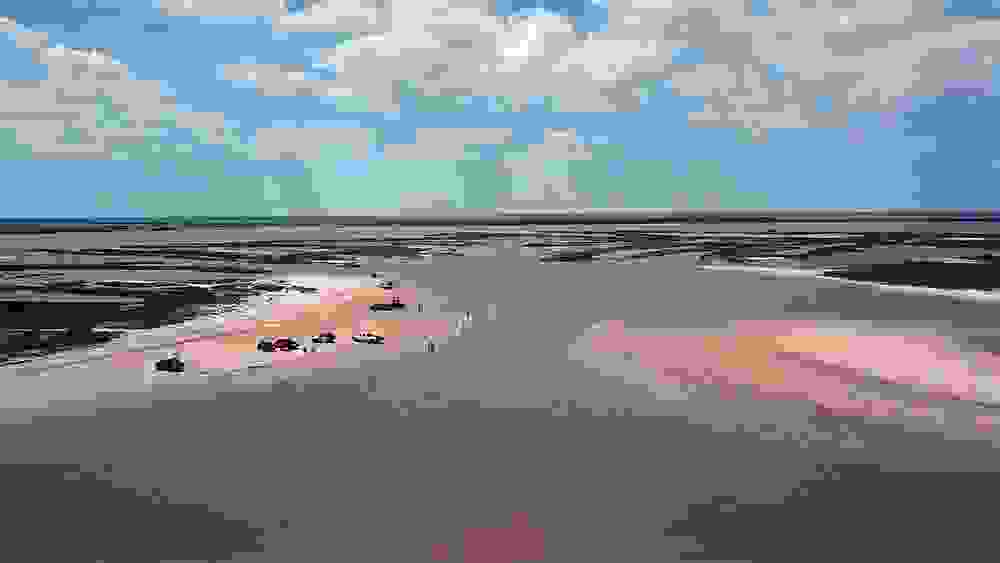Researchers in Texas A&M University’s Department of Ocean Engineering are working to better understand the natural adaptation of coastal ecosystems to environmental stressors such as storms, rising temperatures and sea levels.
They are looking at the exchange of sediments between the nearshore environment, the beach and the sand dunes; and the factors limiting the growth of coastal vegetation, according to Dr. Orencio Duran-Vinent, research assistant professor, in a Texas A&M Engineering article.
“We are also looking at what controls the maximum size of coastal dunes; the post-storm recovery of dunes and barrier islands; and the prediction of their medium- and long-term changes resulting from the combination of waves, storms, wind-driven transport and sea level rise,” he said.
Duran-Vinent is working with Dr. Ignacio Rodriguez-Iturbe, distinguished university and distinguished Texas A&M Engineering Experiment Station professor, Dr. Paul Mario Koola, professor of practice, and Dr. Rusty Feagin, professor in the Department of Ecosystem, Science and Management.
Duran-Vinent said the main goal is two-fold: to use the knowledge to devise better ways to protect, restore and increase the resilience of coastal ecosystems, and to develop a new approach in coastal engineering where natural ecosystems are an integral part of the coastal infrastructure.
These natural ecosystems provide flooding protection, biodiversity, adaptation to external conditions and sustainable development for their communities. For example, coastal dunes are the natural barriers against storm impact for beaches. Their success in coastal protection depends on how tall they are at the moment of impact.
Continue reading the Texas A&M Engineering article.

